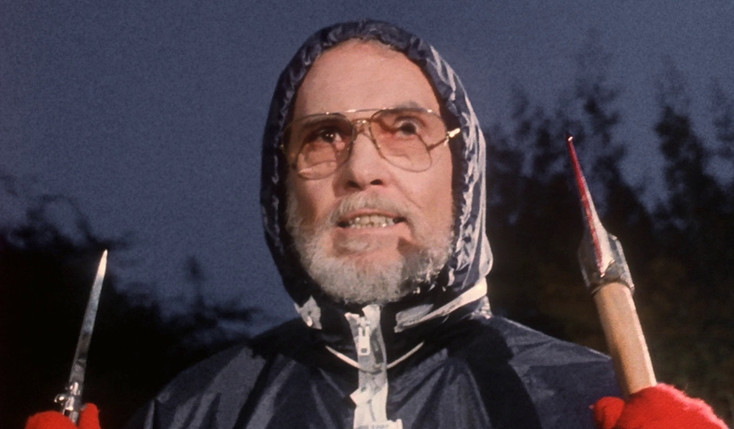
The horror picture is one of the most concentrated genres within the whole of the film industry because of its ability to attract enough revenue rather cheaply and easily compared to others, largely due to its dedicated, cultish fanbase. For these populous and low-budget movies to stand out and gain attraction, filmmakers often push themselves to the extreme to make as bizarre and shocking content as possible to gain popularity on the cult circuit.
These films don’t need to revolutionise the genre or even often make sense, they just need whatever audience members they can get to think: “This is so weird. I need to show it to all of my friends”. This is where cult horror thrives because not only are filmmakers competing to make increasingly more outlandish films to gain attention but audience members are even competing between themselves to be able to show and one-up each other on who has discovered the most bizarre, often disturbing, horror film yet.
Sometimes these films may be from a debut filmmaker who is mostly self-financed and without the restrictions of a nervous producer limiting them from creating whatever insane passion-project they like; sometimes they come from well-known, respected horror directors who are given money from their producers who trust that they are going to make another successful, commercially-viable film, a decision they often come to regret; and sometimes they come from directors that have made a career specifically catering for people’s perverted taste for the extreme, each film being pushed further and further into madness. This can often be achieved through the graphic exploitation of violence and nudity, the exploration of taboo themes such as incest, cannibalism and necrophilia (prepare for one film specifically on this list that plays with these themes and much, much more), or the dedication to just make as many bug-nuts, crazy creative choices as possible.
Too crazy to be popular but too interesting to be ignored and forgotten, there are some genuine cinematic gems on this list that make bold, interesting thematic and artistic choices, proving that there can be treasure found within the trash and a method found within the madness. Meanwhile, there are others on this list that are not “good” films, and are not even trying to be, but they are fascinating.
10. The Boneyard (James Cummins, 1991)
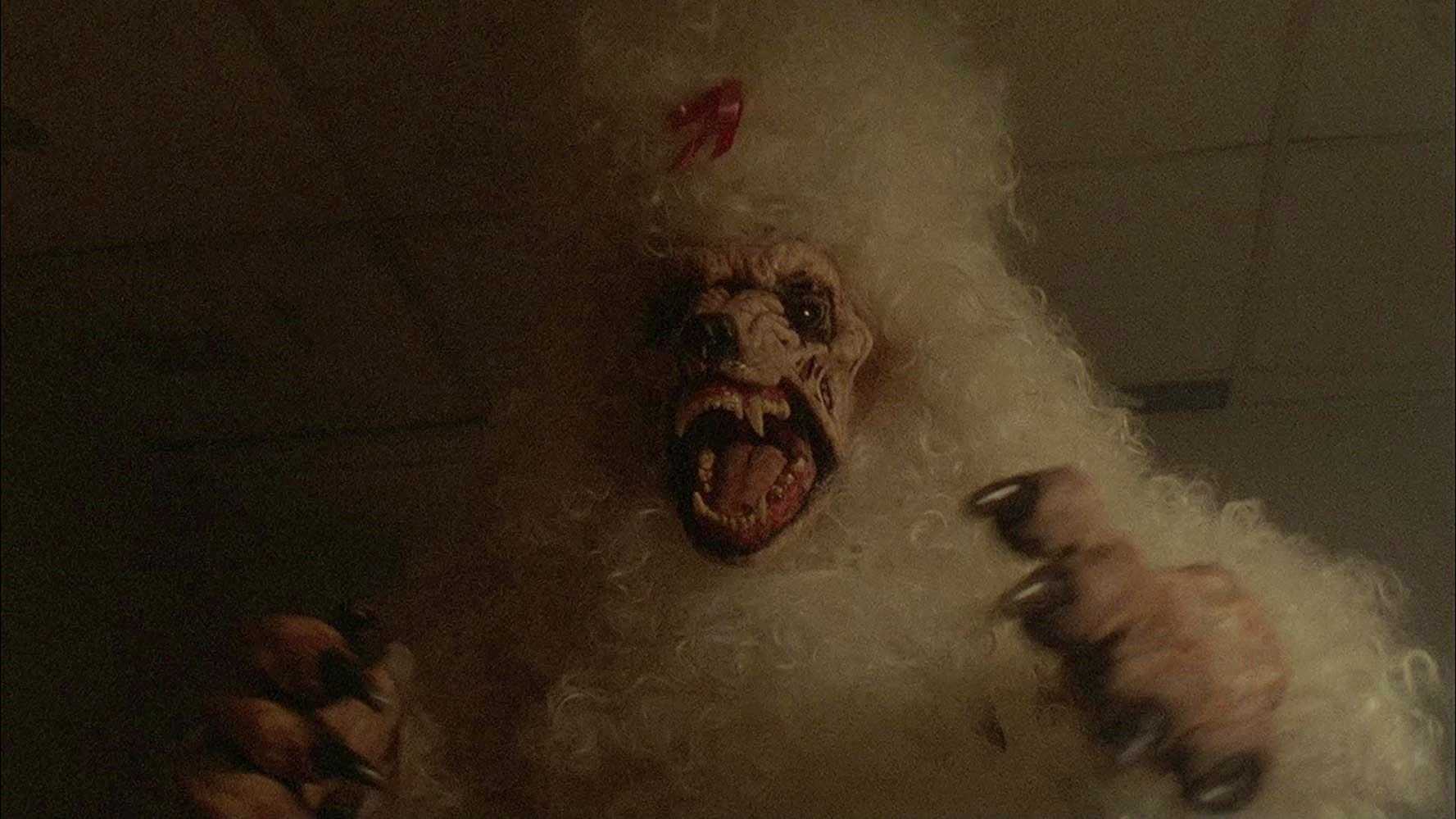
James Cummins’ The Boneyard is a curious film, attempting both comedy and horror separately rather than being a comedy-horror film. Fashioned as a convincing horror for the opening hour of the film as it follows a guilt-ridden psychic, Alley, who is haunted by her failure to find the body of a missing girl. When contacted by the police to help in another case involving the death of three children, she is at first resistant but ultimately accepts their need for help. After the foreshadowing of an ancient Chinese curse, the psychic and police officers become trapped inside a morgue with the now-undead children and a selection of morgue workers.
For a low-budget, straight-to-video production, the demonic child monsters, named Kyoshi, are effectively scary in design and nature as they terrorise the helpless inhabitants of the mortuary. Furthermore, there is a scene near the beginning of the film that is genuinely morbid as Alley dreams that she sees the undead child corpse that she has spent years searching for grieving over a picture of herself as a happy and alive little girl before getting up and running over to the psychic to hug her.
However, the last half an hour of the film shifts into becoming a silly, comedic romp as the curse that is afflicted on the children infects the morgue receptionist, the already bizarrely named Mrs Poopinplatz, and her poodle. After the impressive make-up applied to the Kyoshi children, Mrs Poopinplatz and her dog are instead replaced by enormous, ridiculous puppets with bulging eyes like something out of the waiting room of hell in Beetlejuice. At the start of The Boneyard, it would have been impossible to predict that the end of this film would end in an attack by a thirty-foot poodle but that is where it takes us. If the comedy and horror had been more successfully blended then it would be a perfectly normal, campy comedy-horror but instead what is created is a bizarre, little film bookended by at first horror and then comedy.
As long as you are prepared for the shift in tone, The Boneyard should be a fun, campy, sometimes scary, sometimes silly horror movie that isn’t to be taken seriously at all. However, if you go into The Boneyard expecting a straightforward horror movie, and are mostly granted that for the opening hour, then the final half an hour is going to baffle and upset you. Fortunately, there is no danger of that for you now.
9. Edge of the Axe (Jose Ramon Larraz, 1988)
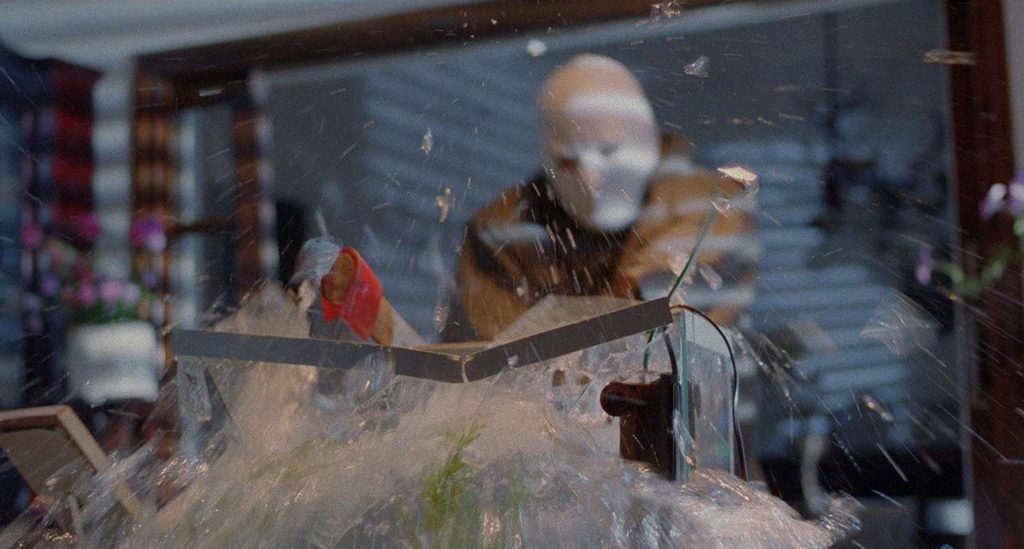
Jose Ramon Larraz was an experienced low-budget horror director with little seen but generally fairly well-regarded films such as Symptoms and Vampyres. Known for his Anglophilia and melancholically beautiful depiction of the misty British countryside, Larraz’s horror was often atmospheric and unsettling, opting to chill his audience rather than shock or frighten them. Alternatively, with Edge of the Axe, Larraz attempted more of a stereotypical American slasher set in Northern California but blatantly not completely filmed there. Revolving his narrative around the nascency of computer technology, Larraz follows two computer-obsessed young adults who use their new-fangled technology to try and solve a succession of recent murders that have been happening in their small town.
Despite a change of location and style, Larraz effectively evokes the American slasher style with murderous set-pieces reminiscent of Friday the 13th, heightened by the donning of a Jason-esque white mask, while also establishing a dry, austere atmosphere somewhat reminiscent of Donald Cammell’s White of the Eye. However, it is not Larraz’s depiction of death results in him featuring on this list but his representation of computers and the his completely bonkers ending.
Compared to today’s standards, the technology in a lot of older films can seem bizarre and comical. Even a flip-phone or an iPod in a film from barely ten years ago it can be weird to see. Therefore, the representation of computer technology from the 1980’s today appears almost alien in Edge of the Axe as the black and green digital screens barely manage to display singular words. The actors were also clearly not tech whiz kid’s, nor particularly good actors, as they struggle to work the elementary artificial intelligence. However, easily most bizarre in Edge of the Axe is its twist ending, if you can call such a random inclusion as such. Someone must have told Larraz that all slasher films require a shocking twist revelation of who the killer on the last day of shooting as it doesn’t feel completely thought through at all. Although, admittedly, it is definitely a surprise.
The crazy and needless finale may completely ruin the film for some people or may enhance the dumb fun of it for others but, either way, Edge of the Axe is an intriguing effort of the slasher canon that reminds us of the true horror that was living in a world before the world wide web and fibreoptic speeds.
8. Monkey Shines (George A. Romero, 1988)
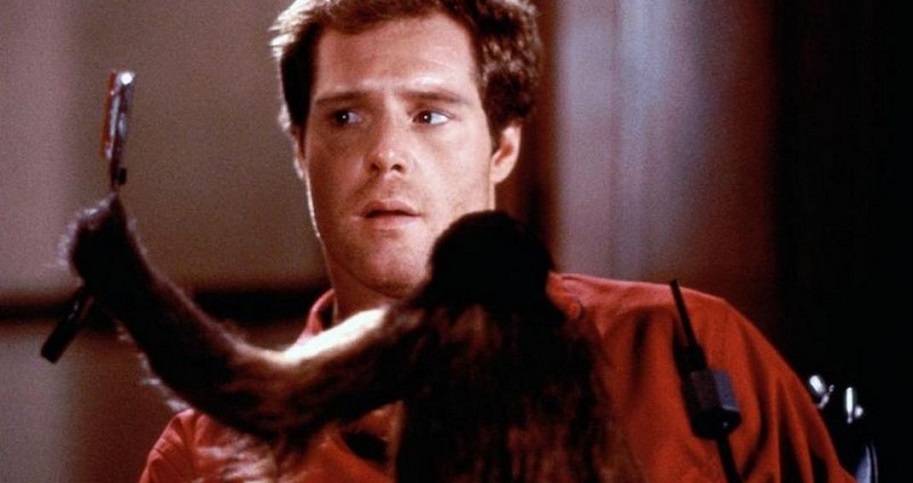
Famous for establishing the modern zombie sub-genre and being one of the most influential horror directors of all-time, George Romero doesn’t include any of the undead in his 1988 film Monkey Shines. Instead, Monkey Shines focusses simply on a quadriplegic man, Allan, and his monkey helper, Ella. In many ways the film is a sort of love story between Allan and Ella as the man and monkey bond so closely that he begins to neglect all of his previously healthy human relationships. However, Ella seems to become too attached to Allan, going on homicidal rampages on people that wrong him, creating friction in their own relationship.
Previously a monkey used for animal testing, Ella is accrued with a superior intelligence compared to the average capuchin as she is able to complete complex tasks while also having the sinister cognitive ability to generate fatal schemes. Reducing the gap between man and ape, Ella overcomes one of humanities crowning evolutionary achievements by understanding and utilising the power of fire to devastating effect as she steals a box of matches to enact revenge on Allan’s ex-girlfriend.
Like a calculating, compact King-Kong, Ella unleashes a tirade of violence against various figures in Allan’s life, which quickly runs out-of-control as she identifies his mother and doctor as people requiring disposal. Eventually, Allan becomes aware of Ella’s misdeeds and recognises he must take action. The final showdown between Allan and Ella makes animals out of both of them as Ella regresses to primordial acts by urinating on Allan’s lap while Allan’s eventual method of defeating Ella is barbaric as he has to thrash her around in his mouth like an angry dog.
Somehow running at 113 minutes, Monkey Shines runs for its first hour as a strange, quirky odd couple pairing as Allan and Ella bond before taking an even stranger turn in the final hour when Romero obviously had to remind himself that he was supposed to be making a horror movie. Monkey Shines won’t provide you with many jumps or thrills but it will leave you questioning what on earth just went on.
7. The Legend of Hell House (John Hough, 1973)
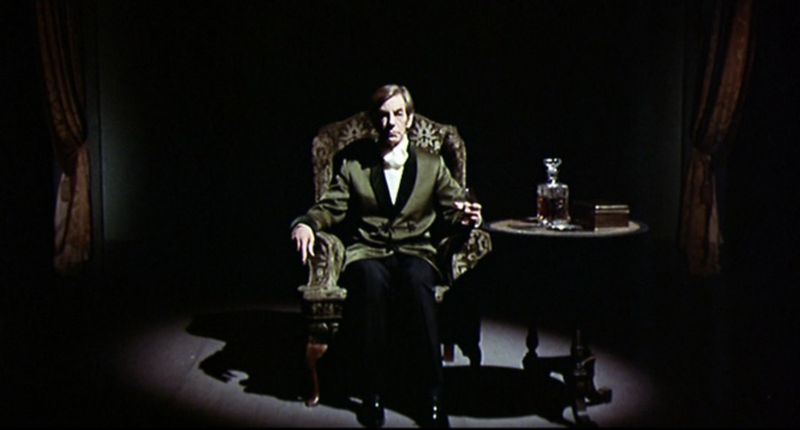
Despite a fairly recognised title, The Legend of Hell House is a widely unseen curiosity of supernatural horror. Sounding like a somewhat generic haunted house story, the film follows a team of supernatural researchers who spend a week in a haunted house investigating the possibility of life after death. However, John Hough’s film features a selection of unorthodox creative choices that set The Legend of Hell House apart from many other ghost stories out there.
The team of investigators consists of three sorts of medium; mental, physical and spiritual, and a physicist, Dr Lionel Barrett, who inexplicably brings his wife along with him as well. This turns out to be a vital error from Barrett as the house’s poltergeist, believed to be the buildings previous owner Emeric “the Roaring Giant” Belasco, a six-foot-five millionaire and rumoured murderer, takes a liking to his wife, Ann, who begins to have erotic visions and a reinvigorated sexual appetite. Ann repeatedly undermines her and her husband’s as she sleepwalks around the house like a randy Cesare from The Cabinet of Dr Caligari and makes advances towards physical medium, Ben Fischer, hoping to get some “physical” action of her own.
Fischer, the sole survivor of a previous investigation on the house twenty years earlier, becomes the principal hero figure in The Legend of Hell House as he directly confronts Belasco’s ghost. Fischer’s confrontation is quite literal as he decides the best course of action to take is to enrage Belasco with insults until he reveals himself. Calling him a “son of a whore” and “dried-up bastard”, Fischer finally cracks Belasco when he starts to question his real height. The walls of the house begin to crumble with the spirits rage, revealing the body of Belasco buried within the foundations of the house. Ripping open the corpse’s trousers, Fischer unveils a pair of prosthetic legs attached to Belasco’s body, who in his life had attempted to replace his own short legs with fake longer ones. Ultimately, The Legend of Hell House is rectified by tormenting and bullying the vertically impaired.
The Legend of Hell House is a phantasmagorical treat of seventies special effects and wild cinematography. A bonkers bonanza of the highest order.
6. Beyond the Darkness (Joe D’Amato, 1979)
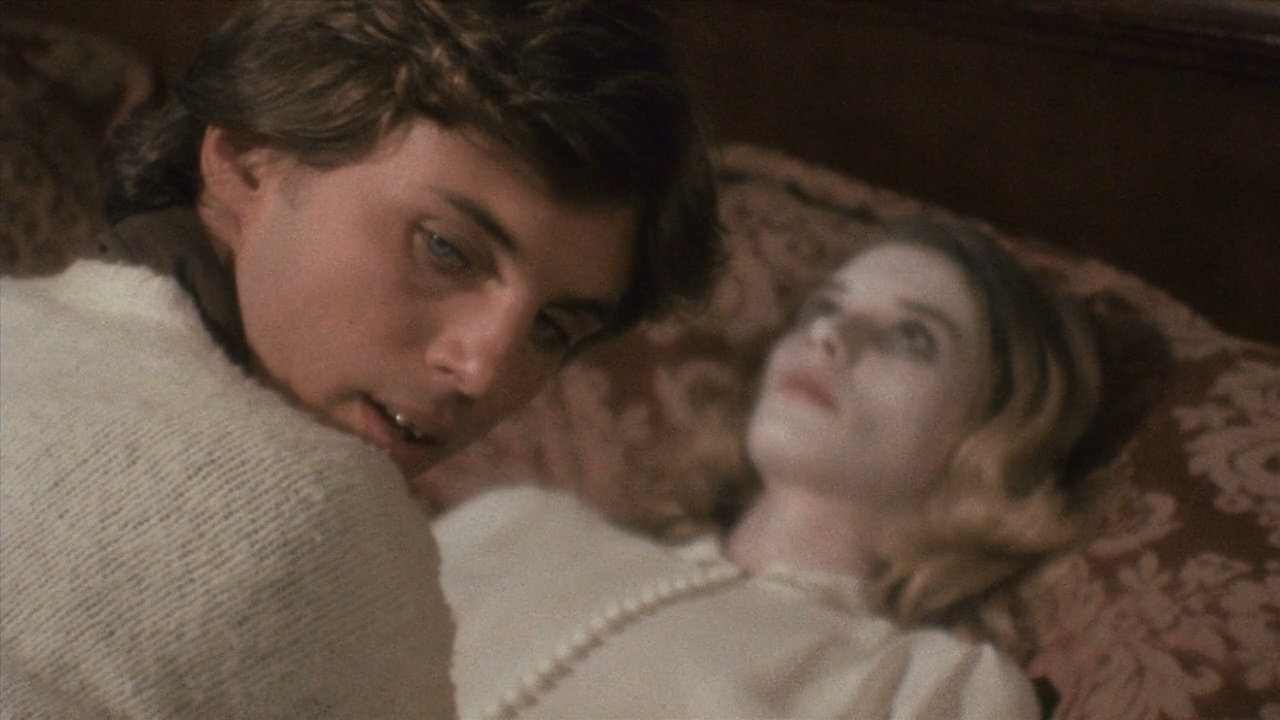
Think of the most shocking and disgusting things possible to be written into a film, mix them all together and throw them into a script and you still probably wouldn’t get close to the sickness of Beyond the Darkness. In a generation before “edgelords”, Beyond the Darkness challenges its audience to watch as actress Franca Stoppi stated that they were “making a movie to make people throw up”, while the director Joe D’Amato himself admitted to opting “for the most unrestrained gore” as possible. If the filmmaker’s intention is to be considered the mark for a film’s success, then Beyond the Darkness is possibly the most achieved movie of all time as Beyond the Darkness features an array of necrophilia, cannibalism, voodoo, adult breastfeeding, disembowelment, extreme torture and eye gouging, to name but a few. If you were to play a game of taboo bingo with this film then you would very quickly win.
Schlock shock master Joe D’Amato revelled in challenging his audiences by including as shocking themes imaginable as graphically as possible, evidenced in such films as Anthropophagus, Absurd and the nuancedly named Porno Holocaust. Directing with flair and a flourish, D’Amato relishes in presenting what people would have thought to be unimaginable. Beyond the Darkness follows the grieving Francesco as he mourns the recent death of his girlfriend Anna. As a professional taxidermist, this mourning takes shape in a macabre fashion as Francesco digs up and stuffs the woman for his own preservation.
After a local hitchhiker witnesses Francesco with the body, Francesco knows that this hitchhiker can’t be spared and makes the logical decision to needlessly torture her by pulling out her fingernails with a pair of pliers before ultimately choking her to death. Evidently, Francesco has a lot more going on than just the death of his lover. In fact, he clearly wasn’t really that devoted to his diseased fiancé as he then partakes in a twisted sexual relationship with his childhood nurse and housekeeper throughout the rest of the film and picks up several other women which he has sex with before revealing the corpse of his girlfriend to.
The ultimate movie to be able to tell your friends about, Beyond the Darkness is the extreme representative of the time of video nasty cinema, before more modern infamous outrages like The Human Centipede and A Serbian Film, where the films were approached with a certain frivolity; a mixture of sick and silly in which the blood and gore is hyper-exaggerated and the acting even more so.